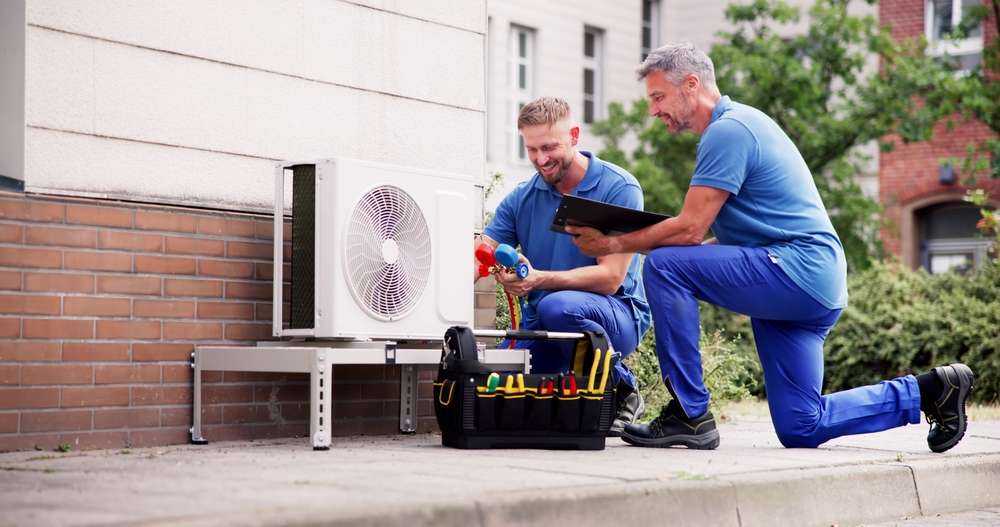HVAC Explained: Heating, Ventilation & Air Conditioning
A well-maintained HVAC system keeps homes and businesses comfortable year-round while improving indoor air quality. Learn how heating options, air conditioning components, and routine care work together to maximize efficiency and lifespan. Discover when to call a professional HVAC technician and essential maintenance tips to prevent costly breakdowns.

Common heating solutions in modern HVAC systems
Homes and commercial buildings rely on several heating technologies, each suited to different climates and construction types. The most widespread option in North America is the forced-air furnace, which heats air using natural gas, oil, or electricity and circulates it through ductwork and vents. Heat pumps are gaining popularity because they move heat rather than generate it, pulling warmth from outdoor air or the ground; many models remain effective even in cold climates and deliver both heating and cooling. Hydronic systems powered by boilers heat water and distribute it through radiators or in-floor piping; these systems are often found in older homes or regions that prefer steady, radiant warmth.
Choosing the right heating solution depends on energy costs, home insulation, local climate, and whether you want a system that also provides cooling. Regular servicing and correct sizing are crucial for any heating system to run efficiently and last for many years.
Understanding air conditioning components and how cooling works
Air conditioning removes heat and moisture from indoor air through a continuous refrigerant cycle. Warm indoor air blows across the evaporator coil, where refrigerant absorbs heat and evaporates. The refrigerant in gaseous form is then compressed by the compressor, raising its pressure and temperature. That hot, pressurized gas moves to the condenser outside, where it releases heat to the outdoors and condenses back into a liquid. The liquid refrigerant then expands and returns to the evaporator to repeat the cycle.
This process not only cools the air but also reduces humidity, as moisture condenses on the cold evaporator coil and drains away. Key parts to be aware of include the evaporator coil, compressor, condenser, expansion device, refrigerant lines, and air handlers. Proper refrigerant charge, clean coils, and unobstructed airflow are necessary for efficient, reliable operation.
The role of professional HVAC technicians
HVAC systems are complex assemblies of mechanical, electrical, and control components. Trained technicians bring the expertise needed to install units correctly, diagnose problems, and perform safe repairs. Many technicians complete formal training programs and certifications that cover system design, refrigerant handling, electrical troubleshooting, and modern controls. Hiring certified professionals helps ensure compliance with local codes and industry standards.
Routine professional checks help spot issues such as refrigerant leaks, electrical wear, or airflow restrictions before they escalate into failures. For installations and major repairs, certified technicians can size equipment to your space, ensure proper airflow and ductwork design, and calibrate controls for optimal efficiency.
Maintenance practices that extend system life
Consistent upkeep is one of the best ways to protect comfort and avoid premature replacement. Homeowners can handle basic tasks like changing air filters every 1 to 3 months depending on filter type and household conditions, keeping vents unobstructed, and removing debris from around outdoor units. Seasonal maintenance performed by a technician, typically in spring for cooling and fall for heating, should include checking refrigerant levels, cleaning coils, inspecting electrical connections, testing safety controls, lubricating moving parts, and verifying thermostat accuracy.
When maintained properly, many HVAC systems run efficiently for 15 to 20 years, though specific components — such as compressors, motors, or control boards — may require replacement sooner. Promptly addressing odd noises, frequent cycling, rising energy bills, or inconsistent temperatures can prevent larger, costlier damage.
| Service Type | Average Cost | Frequency |
|---|---|---|
| Basic Maintenance | $75 - $150 | Twice yearly |
| Filter Replacement | $20 - $50 | Every 1 - 3 months |
| Full System Tune-up | $150 - $500 | Annually |
| Emergency Service Call | $200 - $500 | As needed |
Prices and cost estimates shown above are approximate and may change over time. Conduct independent research and obtain multiple quotes before making financial decisions.
When DIY is okay and when to call a pro
Simple preventive tasks are safe for most homeowners: swapping disposable filters, clearing leaves and grass from outdoor units, and ensuring vents and registers are unobstructed. However, work involving refrigerant, electrical systems, gas lines, or major component replacements should be left to licensed technicians. Attempting complex repairs without the proper tools and certifications can be dangerous and may void warranties.
Developing a relationship with a trusted HVAC contractor pays off. Regular inspections and timely repairs improve system efficiency, reduce emergency calls, and help you plan for the eventual replacement of aging equipment.
Final thoughts
Understanding how heating, ventilation, and air conditioning components interact gives you the insight to care for your system and recognize warning signs early. Regular maintenance, the right balance of DIY tasks and professional service, and informed equipment choices will keep indoor spaces comfortable, healthy, and energy efficient for years to come.






